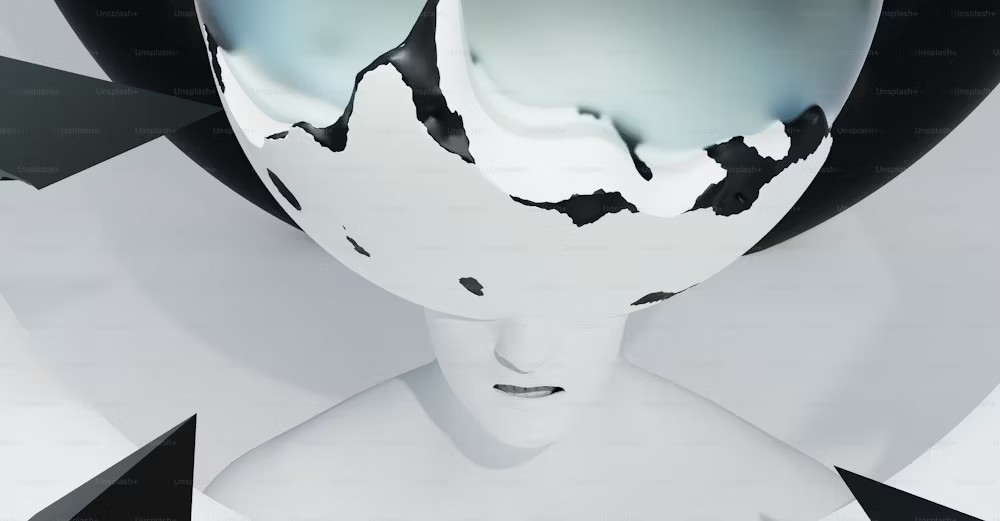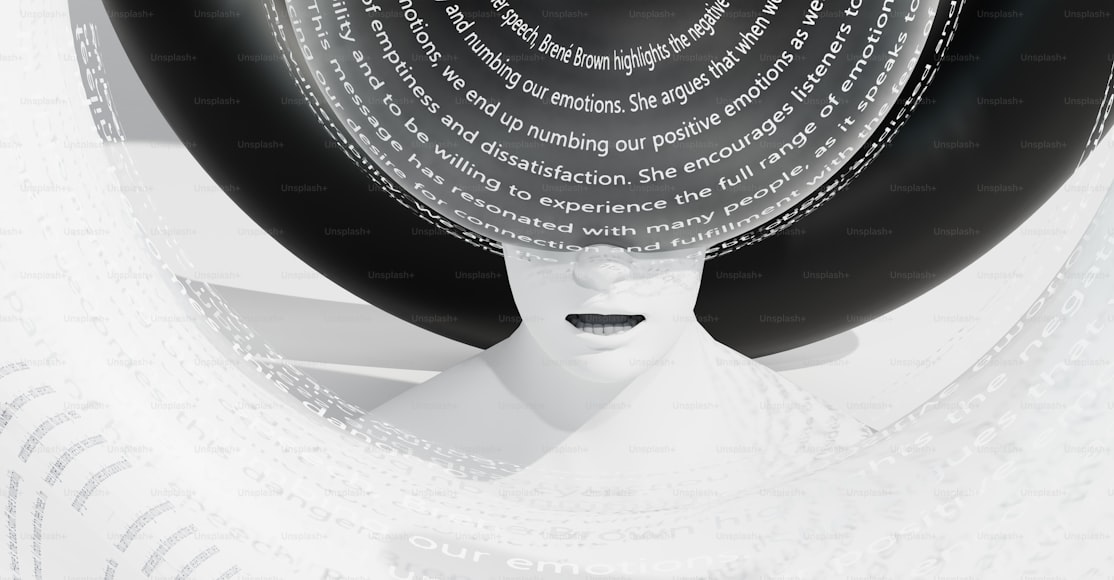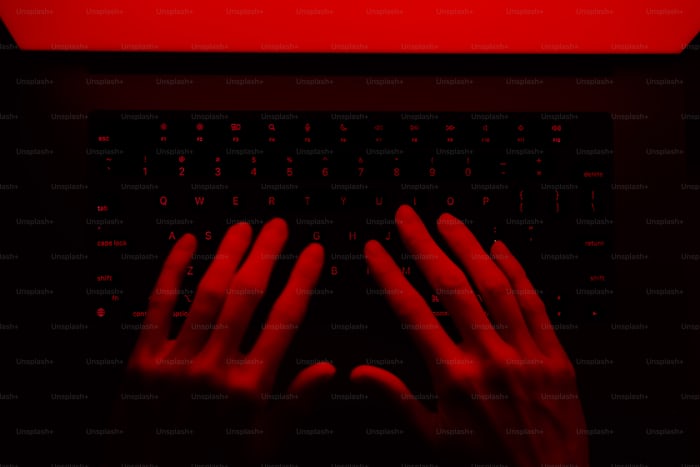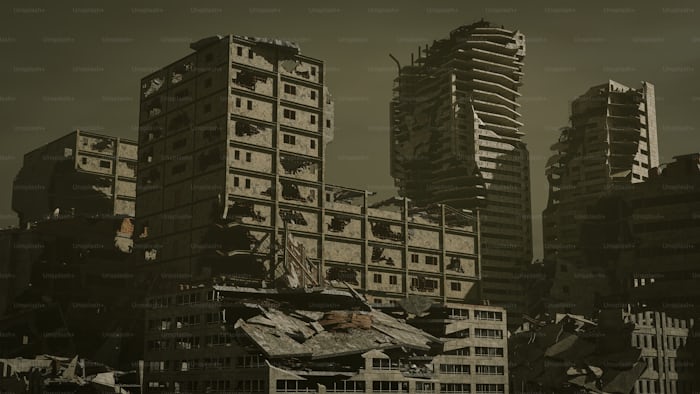In today’s interconnected world, language barriers often stand in the way of communication, commerce, and cultural exchange. Translation, or “Übersetzen” as it is known in German, has become a fundamental bridge across these barriers. Whether it’s a technical manual, a piece of literature, or diplomatic conversations, the ability to translate with precision is crucial to ensure the proper flow of information between languages. But what exactly is the art of “Übersetzen,” and why is it so essential in our modern age?
The Meaning of “Übersetzen”
In its most basic form, “Übersetzen” means “to translate.” It stems from the German verb that translates thoughts, words, or phrases from one language into another. However, translating goes beyond mere word replacement. It’s about carrying the original meaning, context, and nuance from the source language to the target language, making sure nothing is lost in translation.
Translation can be as simple as rendering a word-for-word version of a text, but this approach often leads to misunderstandings or inaccuracies. Proper translation—especially in fields such as literature, legal documents, or marketing—requires an in-depth understanding of both the source and target cultures, as well as the subtle differences in language structures and idiomatic expressions.
The Role of Übersetzen in Different Fields
- Literary Translation One of the most challenging forms of “Übersetzen” is literary translation. It requires not only a deep knowledge of both languages but also a sensitivity to tone, style, and the emotional depth of the original text. When translating poetry or fiction, a translator is tasked with keeping the aesthetic and emotional impact of the original work intact while adapting it for a different audience. Translators of famous authors, such as Goethe or Tolstoy, have the difficult job of maintaining the authors’ voices across languages. In these cases, “Übersetzen” becomes a creative process that requires both linguistic and artistic skills.
- Technical and Legal Translation In the world of business, engineering, and law, precision is paramount. Here, “Übersetzen” is more of a science than an art. A single misinterpretation of a technical term or legal clause could lead to misunderstandings or even serious consequences in contracts or user manuals. In such cases, translators must not only be fluent in both languages but also experts in the subject matter they are translating. Legal translators, for instance, need to be familiar with the legal systems and terminology of both the source and target countries. Technical translators might need to work closely with engineers or industry experts to ensure their translations are accurate and usable.
- Cultural Translation One of the often-overlooked aspects of “Übersetzen” is the importance of cultural context. Translation is not just about words; it’s about conveying the underlying cultural meanings and connotations as well. A phrase that is common in one culture might be meaningless—or even offensive—in another. Cultural translation ensures that the message is adapted to fit the target culture while maintaining its original meaning. This becomes especially relevant in marketing and advertising, where slogans, logos, or even product names need to resonate with local audiences. The process of “Übersetzen” here might involve significant changes to the original content in order to make it culturally relevant and acceptable.
The Evolution of Übersetzen with Technology
The advent of technology has revolutionized the field of “Übersetzen.” Machine translation tools, such as Google Translate or DeepL, are increasingly being used for basic translation needs. These tools have significantly sped up the translation process by providing instant translations for short phrases, sentences, or even entire websites.
However, despite the impressive advancements in artificial intelligence and natural language processing, machine translation still cannot fully replace human translators, especially for complex or sensitive tasks. Machines can process vast amounts of data, but they often miss the nuance, tone, and cultural context that are essential for accurate translation.
Moreover, there is a growing concern that over-reliance on machine translation can lead to a degradation of language skills. For many professional translators, the true art of “Übersetzen” lies in the creative and intellectual process of understanding not just the words but the intentions and emotions behind them—something that machines are still far from mastering.
The Future of Übersetzen

Looking forward, the field of “Übersetzen” will likely continue to evolve with technological advances. Machine translation will become more sophisticated, making it a more valuable tool for basic communication. However, for high-level work such as literary translations, legal documents, or nuanced marketing content, human translators will remain irreplaceable.
In addition, as globalization continues, the demand for translators who are skilled in cultural translation will increase. Businesses, governments, and organizations will need experts who can not only speak multiple languages but who also understand the cultural intricacies of their target audiences.
In conclusion, “Übersetzen” is much more than a simple word-for-word exchange between languages. It is an art and a science that requires linguistic expertise, cultural sensitivity, and sometimes, a creative flair. Whether done by human or machine, the ultimate goal of translation is to ensure that ideas and messages transcend language barriers, allowing for better communication and understanding in an increasingly connected world.





